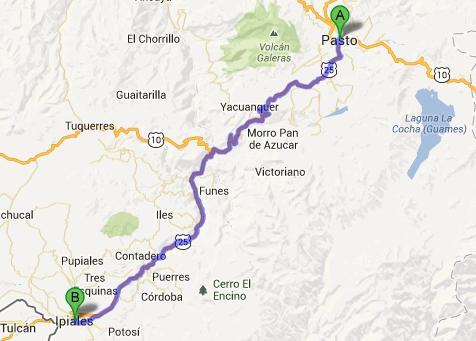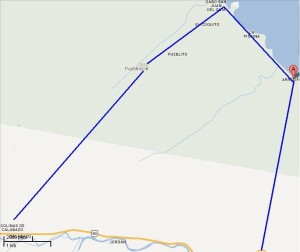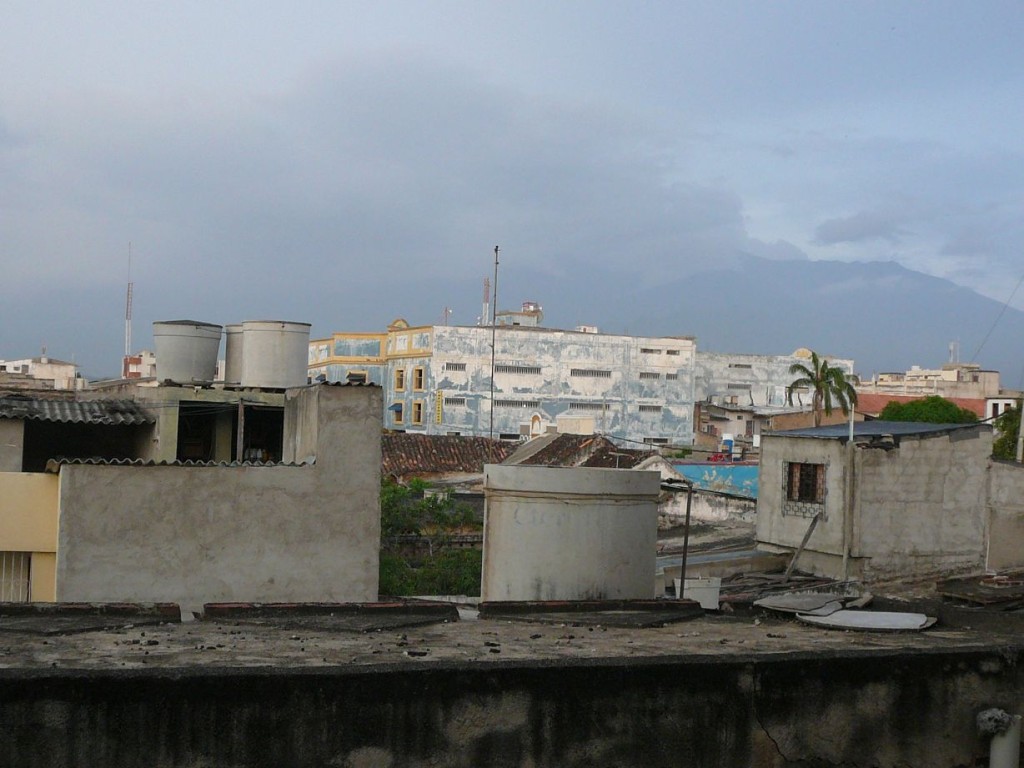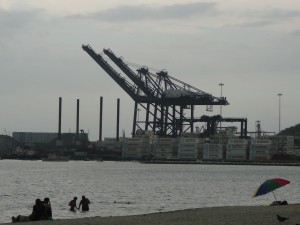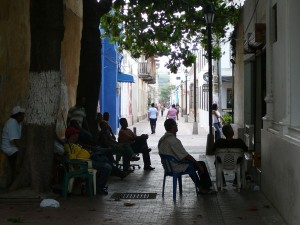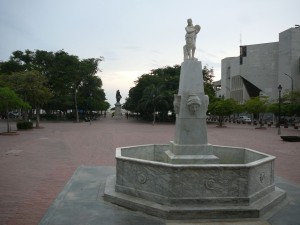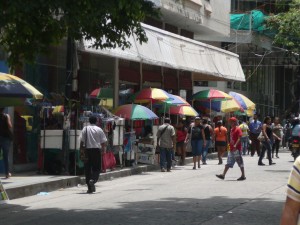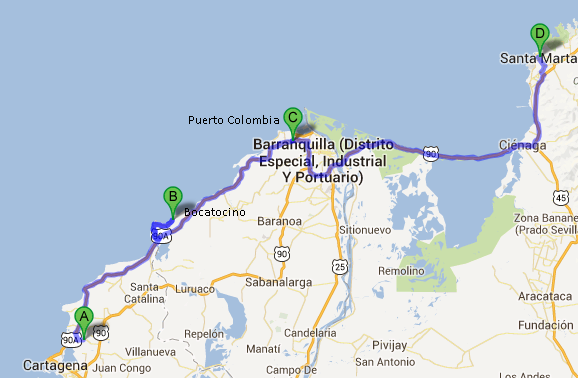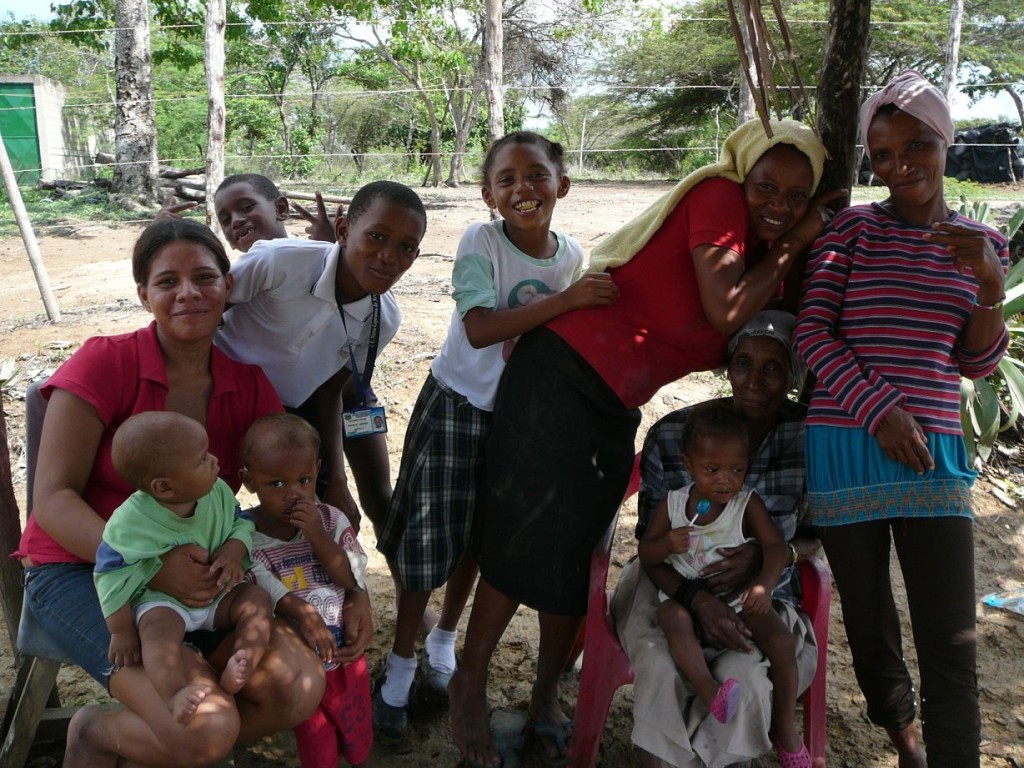The impression that people in this region are more introverted found evidence when I cycled from Pasto to Ipiales, the transit town next to the frontier to Ecuador: when I greeted they mostly just stared at me like an alien without answering or smiling. But this was only the beginning of a great day: climbing up by almost 700m to a pass at 3200m offered a splendid view on the montains around, each parcelled with cultivated fields in different colours. Then came a stretched out and perfect descent to the valley of Río Guáitara at about 1700m where I stopped at a fruit stand to refresh with some delicious Guayabas, grown at masses in this area. It became an extended rest of about 1,5 hours when the whole family gathered to ask for my experiences during the journey and to hear about my homeland far away. I continued with new energy thanks to this lovely encounter. Just behind the next curve, a motorbiker, after a risky overtaking maneuver, lost control of his bike, hurtled and laid on the ground five meters from my feet. He (and me as well!) had more luck than judgement: he seemed to be a bit dizzy but ok.
A few kilometers later, when climbing up to Ipiales, I met for the first time another travelling cyclist: the Panamericanista Andi, a crazy guy from Scotland traversing the country coming from Venezuela and now heading for the same direction. We continued together.
In a small town on the way, we heard Andinean music en vivo and stopped amid the festivity on the church square to admire the traditional suits and to have a dram of aguardiente. It was the midsummer fiesta for the god of the sun, Inti Rajmi. In the sunset we reached Ipiales: three apparently worried policemen accompanied us kindly on the search of a hostel. After 87km and 1835 altitude meters, I felt sufficiently tired.
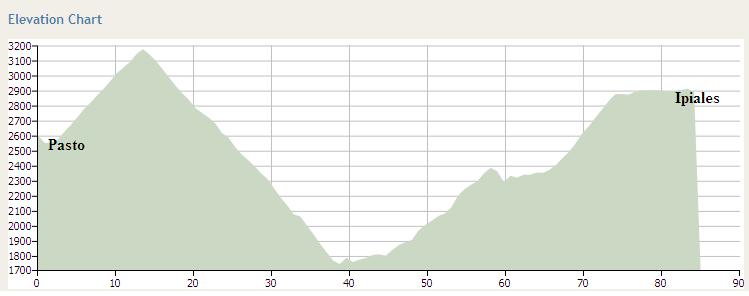
The famous V-shape
